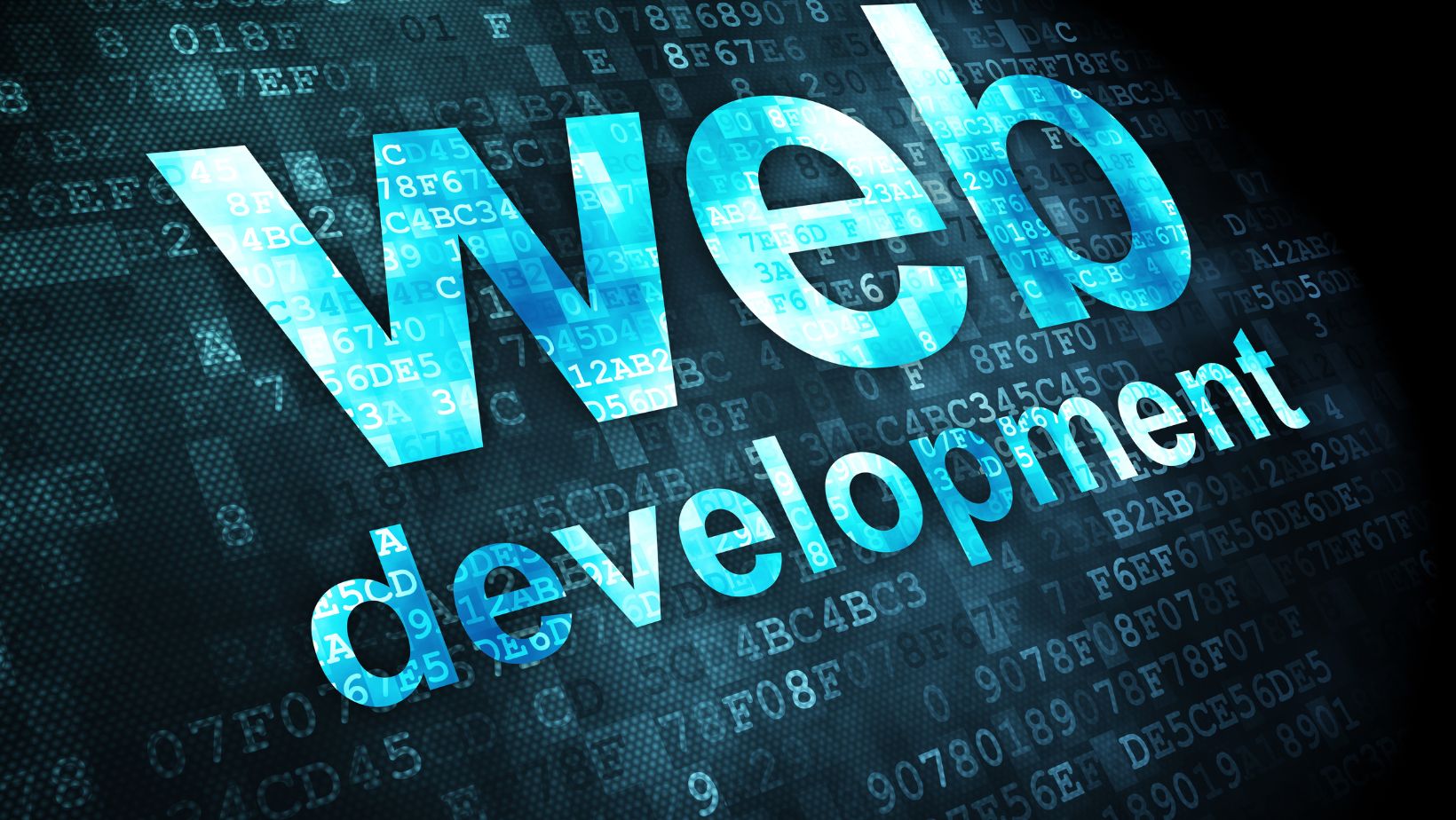
Table of Contents
Toggle- What Are The Top Web Development Technologies In 2025?
- Why Is Webassembly Becoming A Game-Changer For Performance-Focused Apps?
- How Are Ai Frameworks Accelerating And Automating Web Development?
- What Role Do Headless Cms Play In Building Responsive Websites?
- Why Are Progressive Web Apps (Pwas) Still Relevant In 2025?
- How Is Serverless Architecture Changing The Way Developers Build Websites?
- What Security Technologies Are Essential For Modern Web Platforms?
- How Should Companies Choose The Right Web Development Technologies To Work Effectively?
- Conclusions
What Are The Top Web Development Technologies In 2025?
Companies that offer custom web development services commonly use the following technologies that shape the tech world.
Artificial intelligence. It’s the first technology that appears in mind when talking about innovative solutions for the web development process. It successfully integrates into all development stages – coding, design, testing automation, user experience personalization, and more. It makes every digital product smarter, more intellectual, and personalized for every user.
The next one is WebAssembly. It helps build and launch highly productive apps in the browser, using Rust, C++, or Go. Its prime goal – create complex web apps. Another technology is PWA. Their biggest advantage is offline accessibility and compatibility with other tools and systems. It’s a go-to choice for businesses that strive to provide an experience of using effective web apps in a browser without the need to download them.
Headless CMS (content management systems) are also in this list. They help both developer teams and content managers effectively manage the website pages and post them on different platforms at once.
Why Is Webassembly Becoming A Game-Changer For Performance-Focused Apps?
WebAssembly supports web development by offering tools and frameworks that help build interactive, complex, and top-notch web apps. WebAssembly is a game-changer for performance-focused apps for a few reasons:
- Complete code at near native speed, significantly faster than JavaScript.
- Works alongside JavaScript: JS handles the UI, Wasm handles heavy computing.
- Supports modern languages and frameworks (Rust, C++, Unity, Unreal Engine).
- Enables dev teams to build cross-platform, interactive applications right in the browser.
How Are Ai Frameworks Accelerating And Automating Web Development?
Web development firms benefit more from incorporating AI tools in web development processes. In terms of automation, AI speeds the development process with the help of GitHub Copilot, OpenAI Codex, and Wix ADI tools. They help generate code through text requests that significantly reduce time on code-writing. ACCELQ Autopilo framework supports the testing process. It detects bags and visual mismatches faster than manual work does.
Overall, AI is a handy assistant for development teams and even for those who don’t have development skills. They can still create powerful apps that promote an inclusive and collaborative development process.
Note that AI doesn’t replace teams. It’s a tool that simplifies the development process and supports some development or testing stages.
What Role Do Headless Cms Play In Building Responsive Websites?
Headless CMS provides a handy content management where development teams and content managers work on different tasks separately but in one ecosystem. This way, workflows go in parallel without interruptions. An additional big advantage is that teams can work in one system and post changes or new materials on different platforms at once. For example, on a website, social media platforms, etc.
How does it add value in building responsive websites? As follows:
- Developers can use the latest frameworks and libraries (like React, Vue.js, Next.js).
- All the content is stored in one place and delivered through APIs to several devices.
- Due to the decoupled architecture, changes in the frontend don’t affect the backend.
- API for content delivery helps optimize page loading, which means faster access.
Why Are Progressive Web Apps (Pwas) Still Relevant In 2025?
Primarily because of its versatility and ability to ensure top quality user experience on various platforms. For business, it’s an opportunity to gain a wider audience with minimum expenses; for users, it’s a way to use highly productive apps if they work on laptops, and it’s a crucial factor for them. For dev teams, it’s an effective tool to build functional and valuable web apps.

Here are more advantages that still make PWAs a go-to choice for businesses and dev teams:
- PWAs let dev teams build apps that work on the web, Android, and iOS at once. No need to make different versions for each platform.
- Users can install PWAs directly from their browser.
- PWAs can work without an Internet connection and provide access to content even in unstable connection conditions.
- Most browsers, like Chrome, Safari, and Edge, provide wider support for PWA features.
How Is Serverless Architecture Changing The Way Developers Build Websites?
Serverless architecture it’s a development model where developers write code for separate website features. They don’t have to set up or manage servers by themselves. Instead of this, code launches on cloud platforms as a separate features that perform when it’s needed. For instance, when users click a button, load a page, or fill out forms.
This approach helps add new features faster, scale them automatically, and handle different loads on a website.
What Security Technologies Are Essential For Modern Web Platforms?
The following ones:
- Multi-factor authentication (MFA),
- Zero Trust architecture,
- Identity and access management (IAM),
- API attack protection,
- Data encryption,
- Security during development (DevSecOps),
- Incident monitoring and response.
The technologies mentioned above are the best choice for today’s web platforms as they prevent cyber attacks and keep personal data safe. You can use a few of them or combine the best for your website security.
How Should Companies Choose The Right Web Development Technologies To Work Effectively?
To choose one or a few you need it’s essential to use a complex approach. Like, collect information that covers your business goals, project aims, and resources you have. We advise going step-by-step roadmap that helps you choose the web development technology right for your project.
- Define the goals and type of project. What is it? A simple website, a complex web application, or an MVP.
- Assess the complexity and functionality (complete list of integrations, AI, scalability, security).
- Analyze the tech team market and their experience.
- Consider the budget and deadlines.
- Make sure the technologies meet security standards and allow the project to scale.
- Choose technologies with active updates and a large community for long-term support.
- Consult with companies that provide website development services.
Conclusions
The development market offers a lot of new technologies that can significantly improve your web project. To choose those that help you create a website or a web app, analyze your business goals, project needs, and consult with experts. At TRIARE, we use the latest top-notch technologies that help us create quality, efficient, and user-centric web projects. We can guide you on the best tech stack for your needs, so you don’t have to choose on your own.

